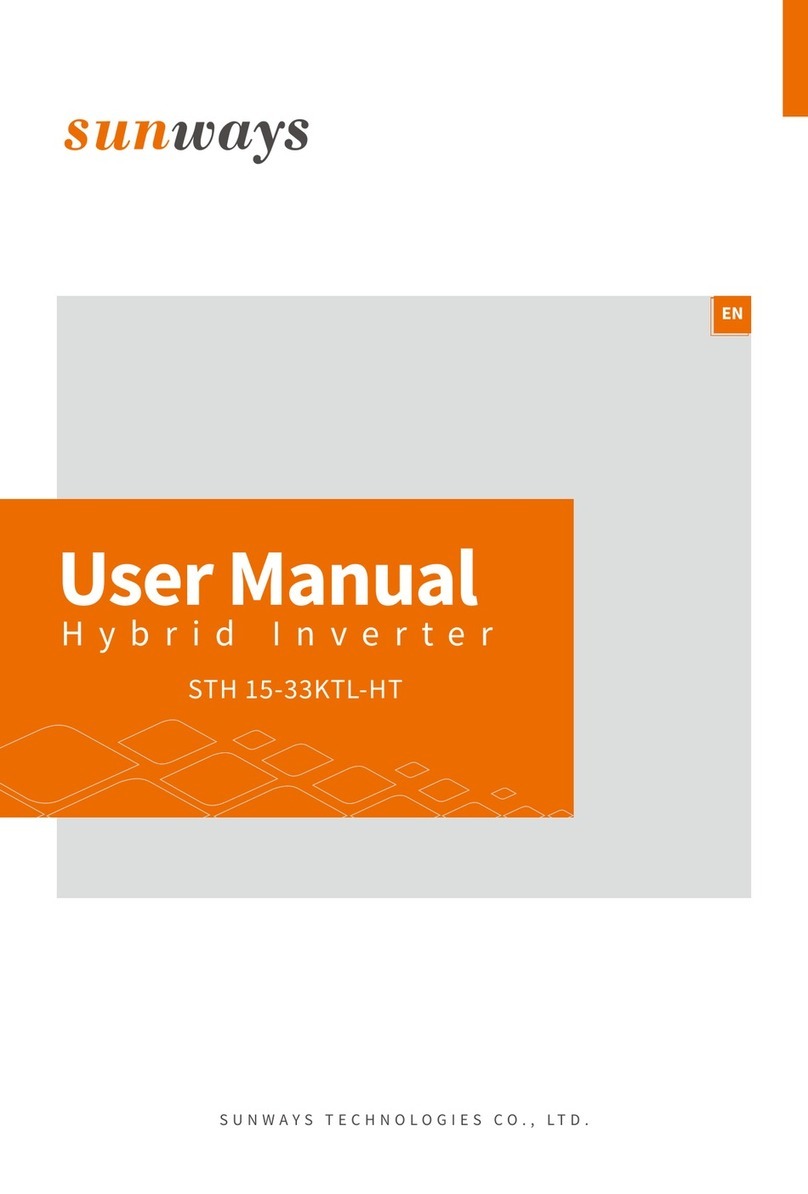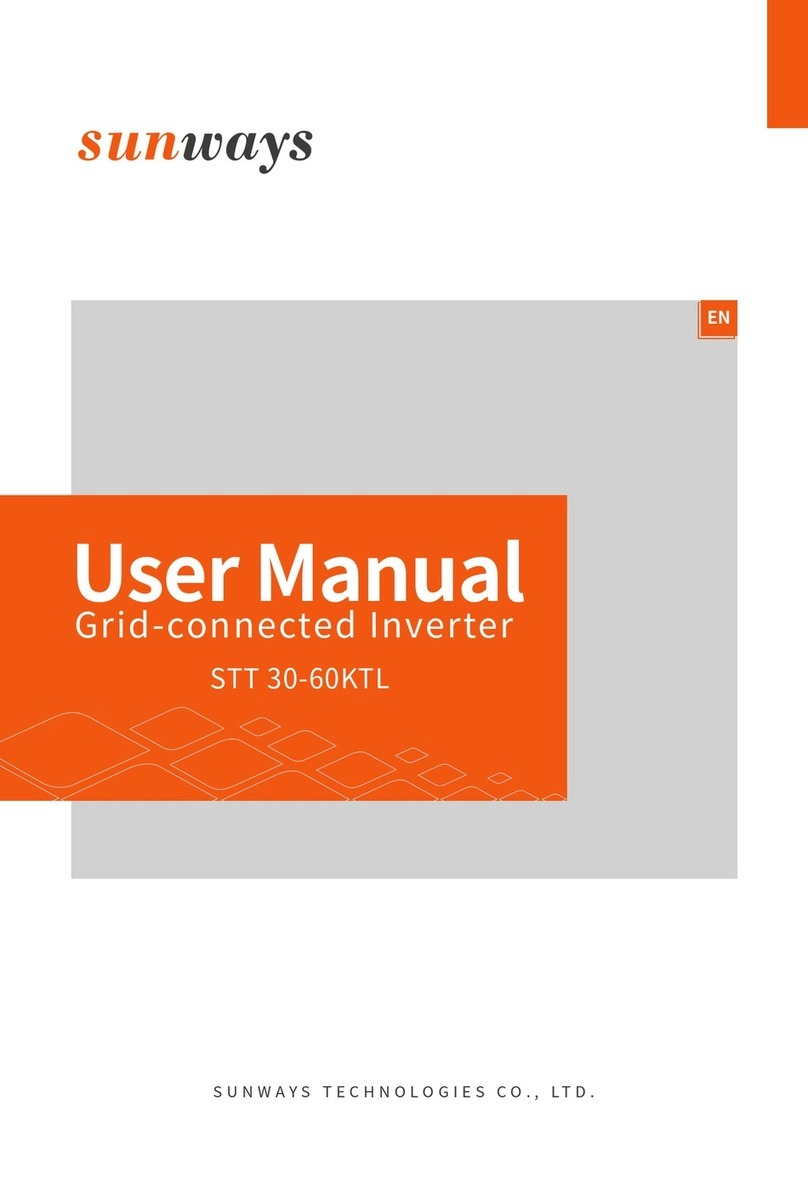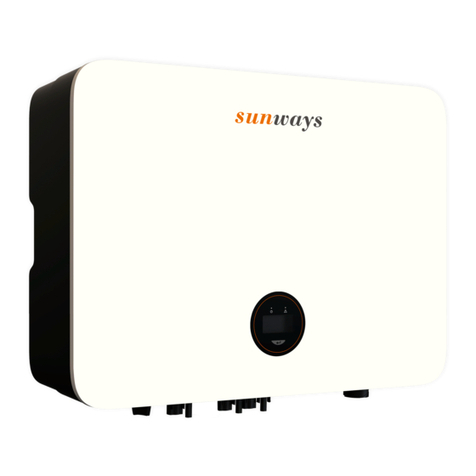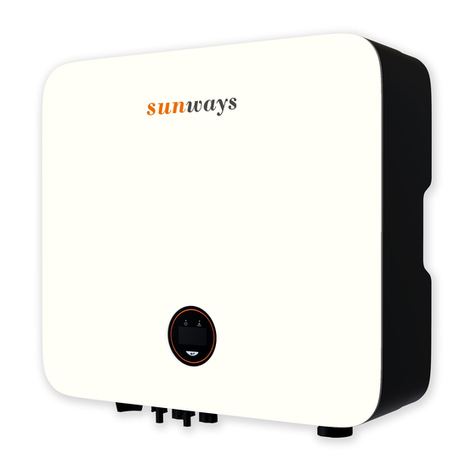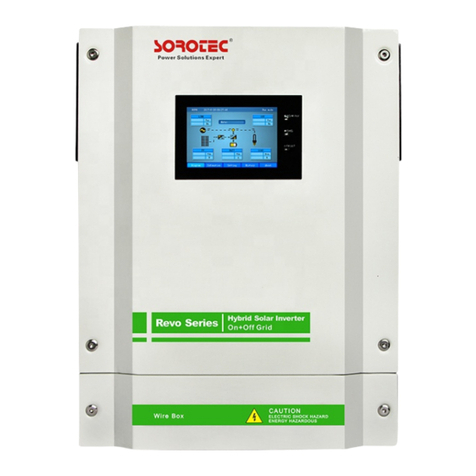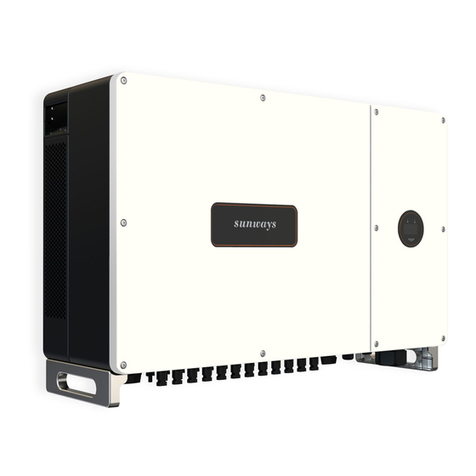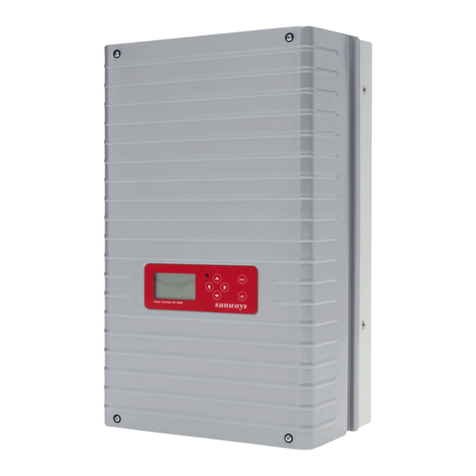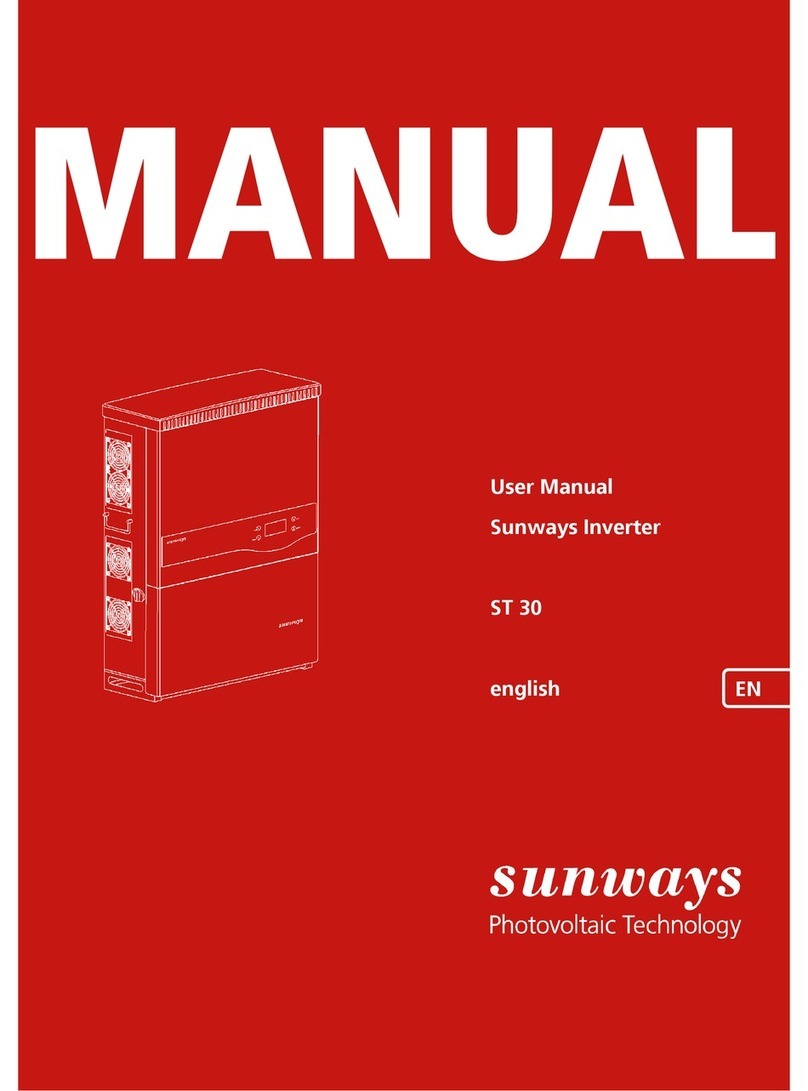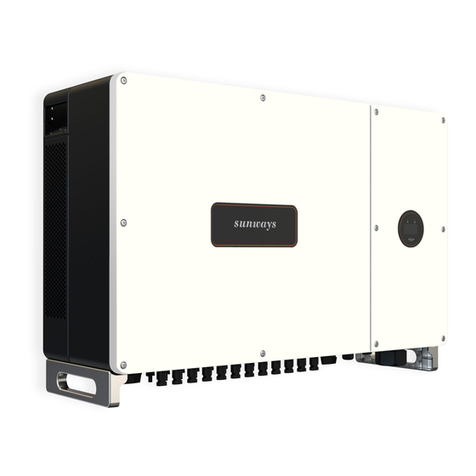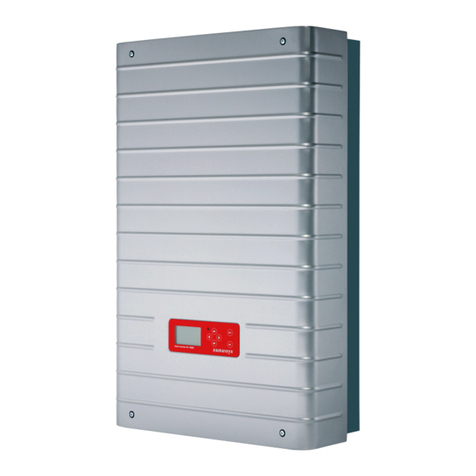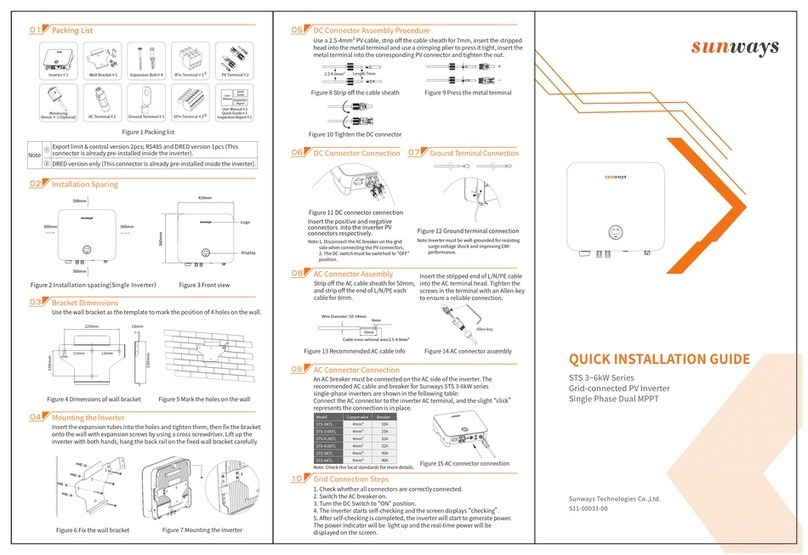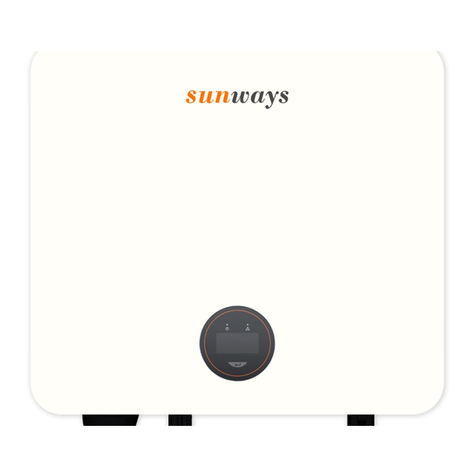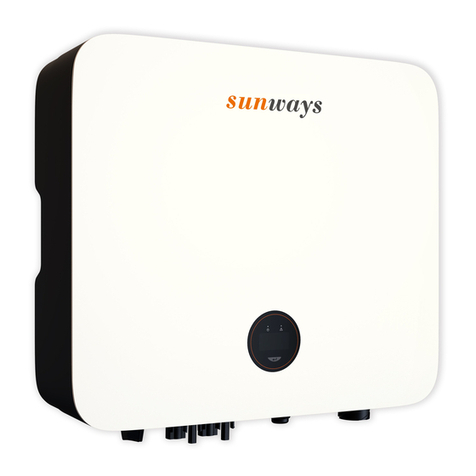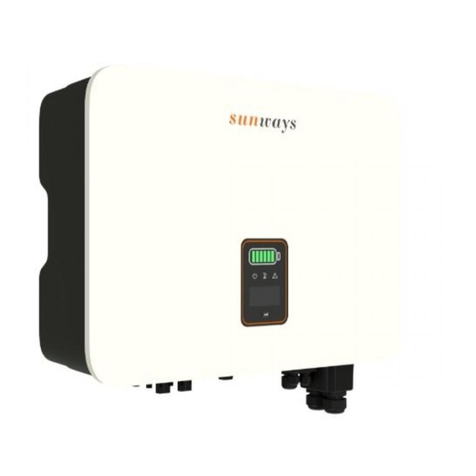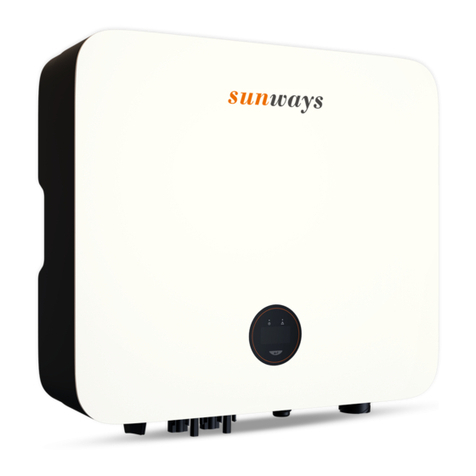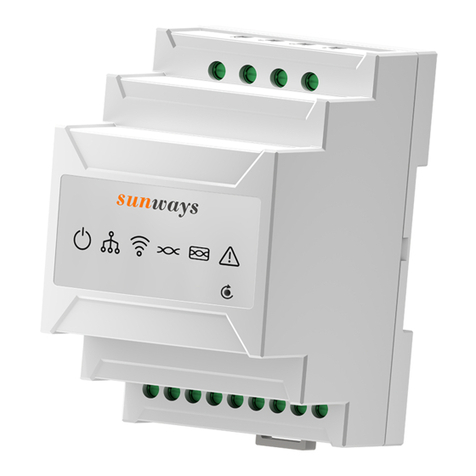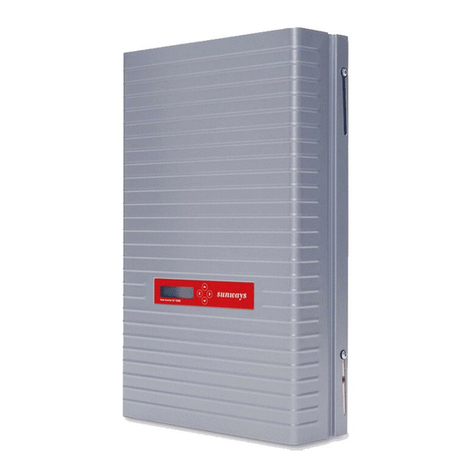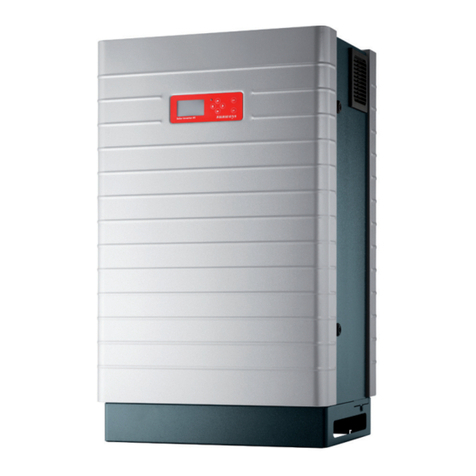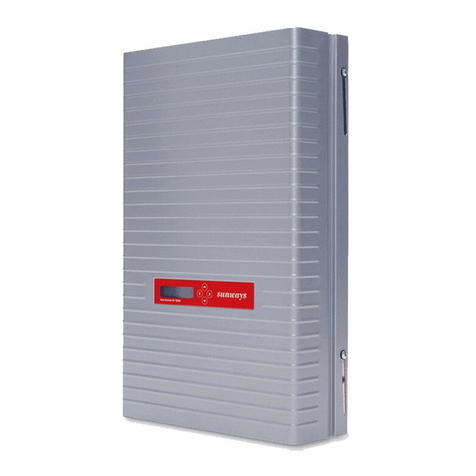
2.2.2 Damages caused by incorrect storage, installation or use.
2.2.3 Damages caused by installation and use of equipment by non-professionals or untrained
personnel.
2.2.4 Damages caused by failure to comply with the instructions and safety warnings in the
products and documents.
2.2.5 Damages caused by running in an environment that doesn't meet the requirements
which stated in the documents.
2.2.6 Damages caused by operation beyond the parameters specied in applicable technical
specications.
2.2.7 Damages caused by unauthorized disassembly, alteration of products or modication of
software codes.
2.2.8 Damages caused by abnormal natural environment (force majeure, such as lightning,
earthquake, re, storm, etc.).
2.2.9 Any damages caused by the process of installation and operation which don’t follow the
local standards and regulations.
2.2.10 Products beyond the warranty period.
2.3 Important Safety Matters
The following symbols may appear in this manual, which represent the following meanings:
2.4 Symbols Explanation
This chapter mainly elaborates the symbols displayed on the inverter, nameplate and packing
box.
2.4.1 Symbols on the Inverter
DescriptionSymbol
Inverter running indicator.
Grounding symbol, the inverter casing needs to be properly
grounded.
Danger
Warning
Caution
Used to warn of urgent dangerous situations, if not avoided, it
could result in death or serious personal injury.
DescriptionSymbol
Used to warn of potentially dangerous situations, if not
avoided, it may result in death or serious personal injury.
Used to warn of potentially dangerous situations, if not
avoided, it may result in moderate or minor personal injury.
Attention
Used to transmit the safety warning information about
equipment or environment, if not avoided, it may cause
equipment damage, data loss, equipment performance
degradation or other unpredictable results. "Attention" does
not involve personal injury.
Note Used to highlight important information, best practices and
tips, etc. it's not warning, doesn't involve personal injury and
equipment damage information.
6
2.4.2 Symbol on the Inverter nameplate
The inverter cannot be disposed of with household waste.
DescriptionSymbol
Please read the instructions carefully before installation.
Do not touch any internal parts of the inverter until 5 min after
being disconnected from the mains and PV input.
CE mark, the inverter complies with the requirements of the
applicable CE guidelines.
Danger. Risk of electric shock!
TUV certication.
The surface is hot during operation and no touch is allowed.
Electric shock hazard, it is strictly forbidden to use the person
to disassemble the inverter casing.
7
Inverter status indicator.
